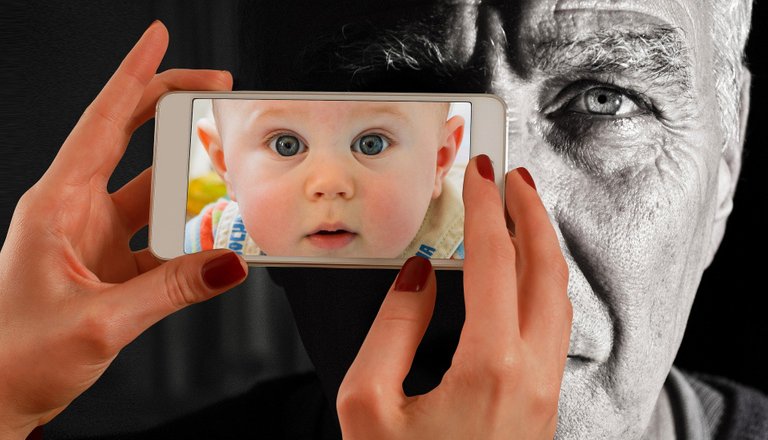
Image by Gerd Altmann from Pixabay
a candle flame wavering
in the wind of time.


The writer's eye is a concept whereby we look at the world through the lens of a writer, searching for the elements within life that will translate onto the page. The world is the inspiration for plot, dialogue, or often with poetry, symbolism. As I've covered in previous blogs, the writer's eye can be cultivated through mindful observance, people watching and mining material from newspapers/magazines.
Another powerful tool in the writer's arsenal is photography. Everyone has mobile phones these days with powerful cameras, and a picture is a powerful prompt to memory. When combined with note taking, journaling and location research, photography can inspire a whole new level of believability in your descriptive passages.
It is our job as writers to build believable interesting, characters, plots and settings. To do this we must maintain the integrity of locations and situations in our memory. This is done primarily using a notebook as you can record the circumstance of a place/time/person near to the time that any of these things happened. But it would be impossible to note down even a small percentage of everything important that happens around us, we must therefor become cherry pickers, assessing the best fruit of experiences to record as material. Taking pictures makes this job easier as it preserves a visual cue for note taking, a jumping off point for a location in a story.
“There's always a moment when you start to fall out of love, whether it's with a person or an idea or a cause, even if it's one you only narrate to yourself years after the event: a tiny thing, a wrong word, a false note, which means that things can never be quite the same again."
― Douglas Adams, The Salmon of Doubt
Douglas Adams hits on a key point here in this quote; a tiny thing, a wrong word, a false note, which means that things can never be quite the same again.
A false note can be avoided by using a picture. For example, you describe a part of a building inaccurately when writing from memory setting yourself up for this repeated mistake in later scenes in your novel. If you get into the habit of taking a quick set of pictures of a location when you first decide it could make a good template for someplace in your story, these mistakes can be avoided.
Pictures, along with keepsakes, can be a very powerful aid to memory where we mine most of our material for poetry and fiction.
But more about memory from the writer's perspective in tomorrow’s post 😉
I have decided to challenge myself for a month to post a daily Haiku on Hive. Each week will have a different theme based on a picture prompt.
This week's broad theme is Inspiration.
To read more about the aesthetics of true haiku, and the difference between haiku and senryu, please check out my post: Haiku Vs Senryu - The Aesthetics of Form

I would like to give a big shout-out to @stickupcurator (and @stickupboys) for their amazing contribution to supporting music, art, imaginative writing, and all things creative on hive. If you haven't already, you should go check out their account for music, crypto podcasts and much much more 🙂👍
The picture used in this post is creative commons, linked below pic. If you have enjoyed this Haiku, please check out my homepage @raj808 for similar content. Thank you.



